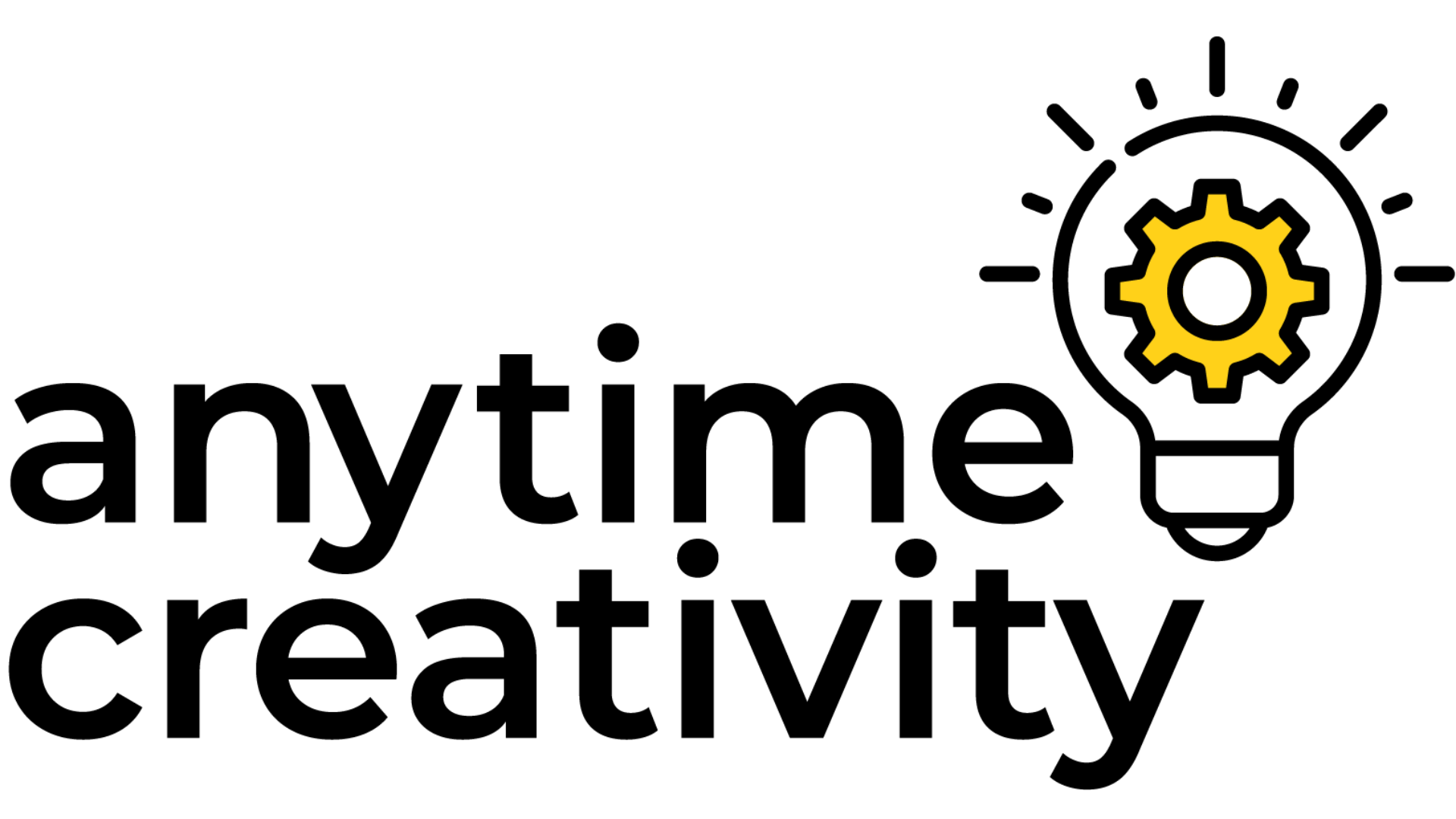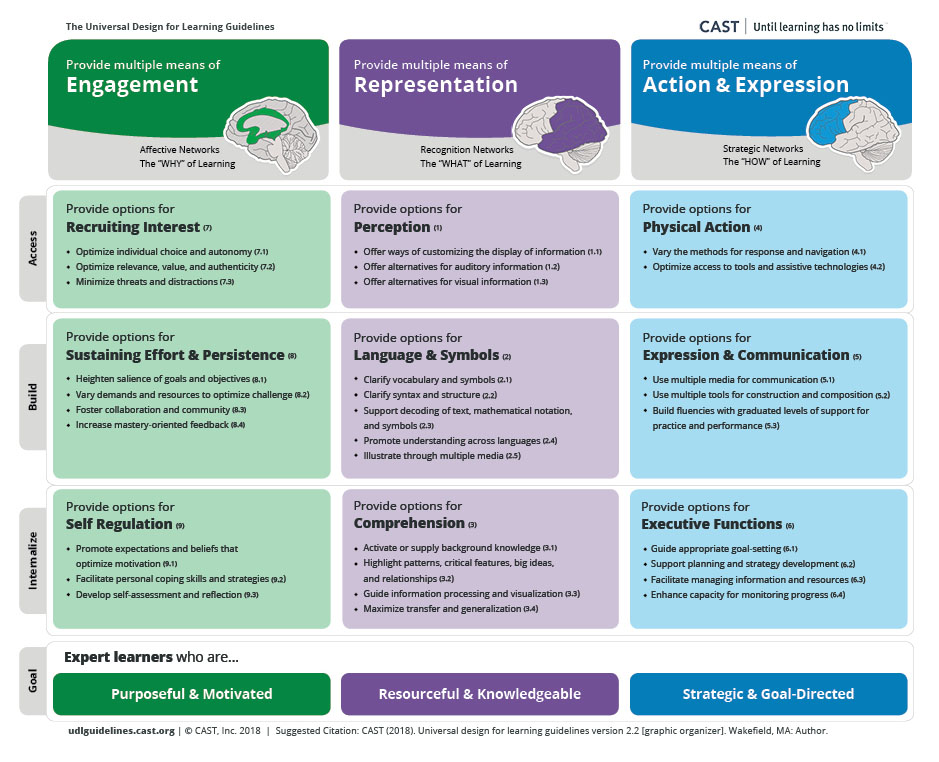What is Authentic Assessment in Education? A Guide for Teachers and Educators
Author : Jack Carey
Why Assessment Must Evolve
It’s no secret that the transition from university to the labour market is somewhat of a culture shock for modern students. Throughout their higher education experience, students are trained to effectively store and recall key theoretical information, normally at a specific, once-off event such as a written exam or presentation. The practical application of this knowledge is often confined to closed-loop, mini scenarios which lack the depth of realism that a graduate job contains. Traditional assessments—standardised tests, timed essays, or multiple-choice exams—often prioritise recall over reasoning and penalise creative or process-oriented thinkers. In most cases, this approach is outdated, ineffective, and simply unengaging (see our blog on the student disengagement crisis).
In fact, the modern working environment rarely, if ever, requires this learning methodology. This misalignment is captured in a 2025 study by Hult International Business School and Workplace Intelligence, which found:
- 85% of graduates wish their college had better prepared them for the workplace, and just 24% say they have all the skills they need for their current role.
- 75% of HR leaders say most college educations aren’t preparing people at all for their jobs.

While a strong grasp of theory is essential, today’s emphasis is on application — how can students practically apply what they know in a given scenario? To realign these objectives, educators must foster a more direct, skills-first approach – one grounded in real-world scenarios, collaborative experiments, and direct evidence of learning, not rote memorisation.
For educators, curriculum designers, and academic leaders looking to align learning with 21st-century needs, authentic assessment represents a powerful shift. In this guide, we explore what authentic assessment is, why it’s gaining momentum in higher education, and how you can begin implementing it in your course design—strategically, sustainably, and with purpose. This brings us to a promising solution already gaining traction — authentic assessment.
What is Authentic Assessment?
Authentic assessment is an approach that evaluates student learning through tasks that mirror real-world challenges and applications. Authentic assessment is rooted in Piaget’s theory of cognitive development, which values knowledge constructed through experience and action rather than passive listening.The modern evolution of this theory is that embedding student responsibility and real-world, critical thinking into a more inquisitive form of learning and assessment will drive more sustainable and lifelong learning. This is the crux of what this methodology aims to achieve – assessment for learning.
Although the theory behind this form of assessment remains constant, the designs of these projects or tasks can vary significantly. Putting an emphasis on innovative, student-centred pedagogies means adapting assessment content for the environment, culture and situations to resonate with the students on a deeper level. Authentic assessment is designed to support professional integration and 21st-century competencies through asking:
- Can students apply what they’ve learned?
- Can they synthesise knowledge from multiple areas?
- Can they demonstrate understanding through action?
Platforms like Anytime Creativity are helping institutions embed real-world learning and feedback into their assessment design.
Why Authentic Assessment Matters In Education
Authentic assessment offers meaningful benefits for students and educators invested in improving the learning experience. Transitioning from static, memory-based assessments to open-ended, project-based assessment cultivates excitement in a module through the following ways:
✅ For Students:
- Boosts engagement – Students care more about tasks that feel real and relevant. Offering control to the students in how they demonstrate their unique learning path creates a sense of responsibility and ownership over a task, leading to significantly better engagement.
- Fosters creativity and collaboration – These assessments invite original thinking and diversity of perspective through encouraging collaborative team-work. Recognising that students will approach modules through a different experiential lens and supporting this will foster more creative approaches without compromising learning outcomes.
- Builds transferable skills – True authentic assessment requires communication, planning, research, problem-solving—skills students will use in work and life. As an alternative to traditional exams, these tasks simulate real roles — like designing a product pitch, leading a community campaign, or solving an industry-specific challenge
- Supports different learning styles – Visual, kinesthetic, verbal, introverted—authentic assessments meet learners where they’re strong. These assessments should not be about presenting a single ‘right’ answer – Instead, students should synthesise their knowledge to embrace differences, navigate ambiguity, and justify their decisions.
✅ For Educators:
- Provides deeper insight – Instead of a snapshot from a timed test, you see a fuller picture of student thinking and growth. Stage-gating helps educators pinpoint where students struggle to understand or apply key concepts.
- Encourages reflective practice – Teachers can continuously improve instruction by analyzing student performance in complex tasks. Addressing learning bottlenecks preemptively using more accessible messaging and examples simplifies module improvements for lecturers.
- Aligns with modern pedagogy – Inquiry-based learning, project-based learning, and Universal Design for Learning (UDL) all benefit from authentic assessment. It stands as a core pillar of modern teaching design which one can demonstrate to external assessors.
Authentic vs. Traditional Assessment
To this point, we’ve spoken primarily on the theoretical differences between authentic and traditional assessment. This lays the foundational groundwork for understanding what authentic assessment in education is at a high-level and why it matters, but how does this practically contrast with traditional assessment? The comparative table from the University of Connecticut below breaks down their core features:
| Feature | Traditional Assessment | Authentic Assessment |
|---|---|---|
| Assessment format | Tests, quizzes, essays | Projects, performances, debates |
| Learning focus | Recall and memorisation | Application, synthesis, and creation |
| Teaching Style | One-size-fits-all | Flexible and differentiated |
| Feedback model | End-of-unit grading | Ongoing, formative feedback |
| Student Role | Passive recipient of knowledge | Active participant and creator |
| Real-World relevance | Often abstract or decontextualised | Rooted in real-life scenarios |
Common Challenges & Solutions Of Implementing Authentic Assessment In Education
A common objection to implementing authentic assessment is a simple one – this is not a straightforward process. It’s not always the quickest or easiest route, especially in traditional school systems that prioritize standardized testing and efficiency. However, for educators willing to rethink how assessment works, the rewards—in terms of student engagement and deeper learning—can be transformative.
Let’s explore some of the most common obstacles educators may face and how to approach them constructively:
⏳ Time and Planning
One of the most immediate barriers is the time it takes to plan and implement authentic assessments. Unlike traditional tests, which can often be reused with minor updates, authentic tasks usually need to be custom-designed for the subject matter, student cohort, current events, and intended learning outcomes.
Teachers may need to:
- Brainstorm and design complex, real-world tasks
- Coordinate resources (e.g. guest speakers, tech tools, materials)
- Scaffold tasks into manageable steps
- Allocate time for peer review, reflection, and iteration
Solution:
Start small. Integrate one authentic task into a unit before scaling up. Introducing and testing a minor relevant task into a module can inform future iterations and help to gradually move towards a more authentic form of assessment. Collaboration among teaching teams can also reduce workload and promote consistency across subjects. Learning units are often a great resource in third-level universities for discussing a novel approach to a module.
🎯 Subjectivity and Grading
Authentic assessment often involves open-ended outputs—essays, projects, performances—which can make grading feel subjective or inconsistent. Unlike multiple-choice tests with clear right or wrong answers, authentic work requires educators to interpret and evaluate student thinking, which can vary widely.
Potential concerns include:
- Lack of standardised criteria
- Bias toward presentation or language skills over content knowledge
- Difficulty comparing student performance across classes or schools
Solution:
Develop and share clear, transparent rubrics with students in advance. Rubrics should break down expectations across dimensions like creativity, accuracy, collaboration, effort, and communication. Consider involving students in co-creating rubrics or using self and peer assessments to enhance objectivity and metacognition. Transparency is vital and subjectivity is a fact of the real-world – this shouldn’t be avoided.
📚 Resource and Training Needs
Many teachers are interested in implementing authentic assessments but lack the tools, confidence, or support to do so effectively. This is especially true in schools where professional development focuses primarily on test prep or where curriculum flexibility is limited.
Common resource gaps may include:
- Training in project-based learning or performance assessments
- Access to digital platforms or collaborative tools
- Planning time for interdisciplinary assessments
- Support from school leadership or assessment coordinators
Solution:
School leaders and education departments can invest in ongoing professional learning, offer planning time, and create a culture that values innovation in assessment. Peer mentoring and shared libraries of task examples or rubrics can also reduce the burden on individual teachers. At Anytime Creativity, we ensure that each educator is equipped to contextualise and present a project to the class – we focus on messaging, structure, and collaborative tools. We aim to let you focus on presenting expert knowledge to drive student results.
🧩 Curriculum Fit
Another challenge is ensuring that authentic tasks remain aligned with national or local curriculum standards and learning goals. There can be pressure to “teach to the test,” especially in high-stakes environments, which can limit a teacher’s freedom to explore alternative forms of assessment.
At times, teachers may also struggle to justify how a creative task (like filming a video or hosting a debate) meets core competencies or assessment objectives.
Solution:
Authentic assessments don’t need to replace traditional tests—they can complement them. Ensure every task maps clearly to specific curriculum outcomes and use reflection components to help students articulate what they’ve learned. Sharing evidence of learning (e.g. through student portfolios or teacher annotations) can help make these links visible for inspectors, parents, and other stakeholders.
In fact, integrating modern pedagogical theories is a must for today’s curricula. Designing backwards is a common approach which focuses on learning objectives for when the assessment is complete. From here, educators can work backwards to design a suitable assessment and learning experience.
🧠 Managing Diverse Learner Needs
Authentic assessment also brings new considerations around differentiation and accessibility. While performance-based tasks can be empowering for many students, they may also be overwhelming for learners with additional needs, language barriers, or limited experience with self-directed work.
Examples of challenges:
- Students with anxiety may find presentations stressful
- Students with learning difficulties may need more structure or support
- English Language Learners may struggle with written components
Solution:
Apply Universal Design for Learning (UDL) principles by offering multiple ways for students to engage with and demonstrate learning. Give options for task format (e.g. infographic, podcast, slideshow), provide checklists and scaffolding, and encourage collaboration. Above all, prioritise clarity, structure, and inclusivity. Open-ended projects and flexible formats make authentic assessment particularly effective for diverse learning needs, helping all students engage on their own terms.
🔁 Assessment Culture and Mindset
Lastly, introducing authentic assessment often requires a mindset shift—not just for teachers, but also for students, parents, and school leadership. If students are used to passively completing tutorial tasks or memorising facts for tests, they may initially resist open-ended tasks that demand more initiative.
Similarly, parents or administrators may be unfamiliar with creative assessments and question their validity.
Solution:
Build buy-in by communicating the why. Share research-backed benefits, showcase student work, and explain how authentic tasks connect to future skills and real-world applications. Celebrate student voice and agency, and highlight how these assessments foster lifelong learning.
Resistance is common with this form of change. However, with strong planning and gradual introductions, the output will justify itself. At Anytime Creativity, we measure the difference in student surveys which consistently report greater guidance, engagement and collaboration in the classroom and through our platform.
Final Thoughts: Making Learning Matter
Authentic assessment reimagines evaluation as a creative, relevant, and empowering part of the learning process. It’s not just about grading—it’s about helping students see how their learning connects to the world around them. These real-world projects and realistic simulations realign educator, student, employer and university objectives – cultivating ambitious, innovative, and informed professionals.
At Anytime Creativity, we believe learning should be active, meaningful, and memorable. By using authentic assessment, you’re not just measuring what students know—you’re showing them why it matters.
Explore More Creative Strategies
Looking to inspire creativity in your classroom or curriculum design?
Visit the Anytime Creativity Blog for more teaching ideas, design resources, and real-world learning strategies.
Frequently Asked Questions About Authentic Assessment
1. What is authentic assessment in education?
Authentic assessment is a method of evaluating learning through real-world tasks that require students to apply knowledge, think critically, and solve problems. It emphasizes meaningful, practical application over rote memorization, preparing learners for professional and life challenges.
2. What is the main goal of authentic assessment in higher education?
The main goal is to evaluate how well students can apply knowledge to real-world situations. Rather than focusing on rote recall, authentic assessment emphasizes problem-solving, creativity, collaboration, and critical thinking—skills that directly translate to workplace readiness.
3. How is authentic assessment different from traditional assessment?
Traditional assessments often test memorization through exams or quizzes, while authentic assessments use real-world tasks like projects, debates, and simulations. The focus shifts from correct answers to the application, synthesis, and creation of knowledge.
4. What are examples of authentic assessment tasks?
Examples include designing a marketing campaign, creating a prototype, leading a community project, hosting a panel discussion, or producing a podcast. These tasks mirror professional scenarios and allow students to demonstrate transferable skills.
5. How can educators fairly grade authentic assessments?
Fair grading starts with clear rubrics that outline expectations for creativity, accuracy, collaboration, and communication. Involving students in rubric design and using peer or self-assessment can improve transparency and reduce subjectivity.
6. What challenges do teachers face when implementing authentic assessment?
Common challenges include extra planning time, aligning with curriculum standards, resource limitations, and managing diverse learner needs. Solutions involve starting small, collaborating with colleagues, and applying Universal Design for Learning principles.
7. Can authentic assessment work alongside traditional testing?
Yes. Authentic tasks can complement traditional tests by addressing skills and competencies that exams often overlook. A blended approach ensures students develop both theoretical knowledge and practical application abilities.


